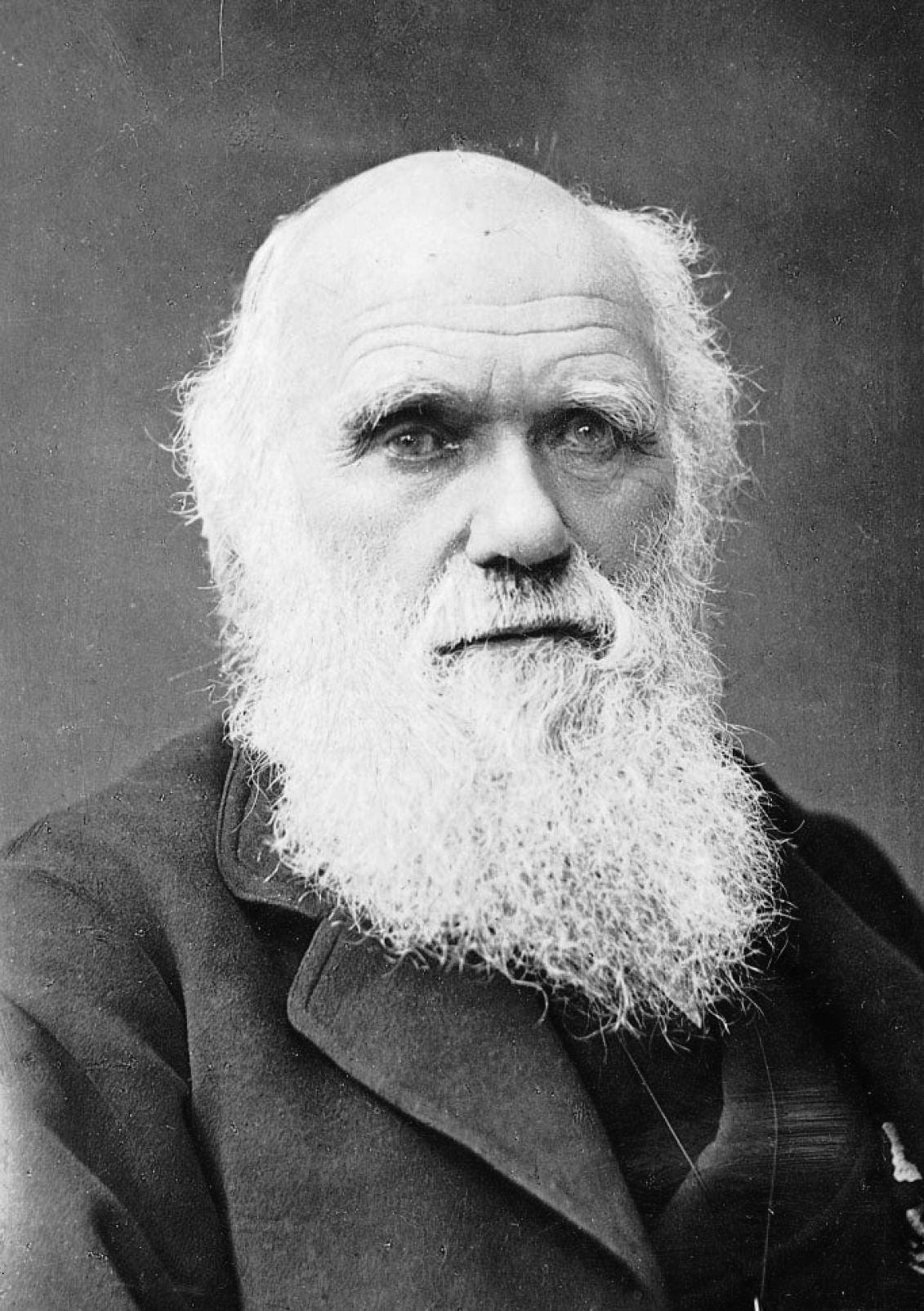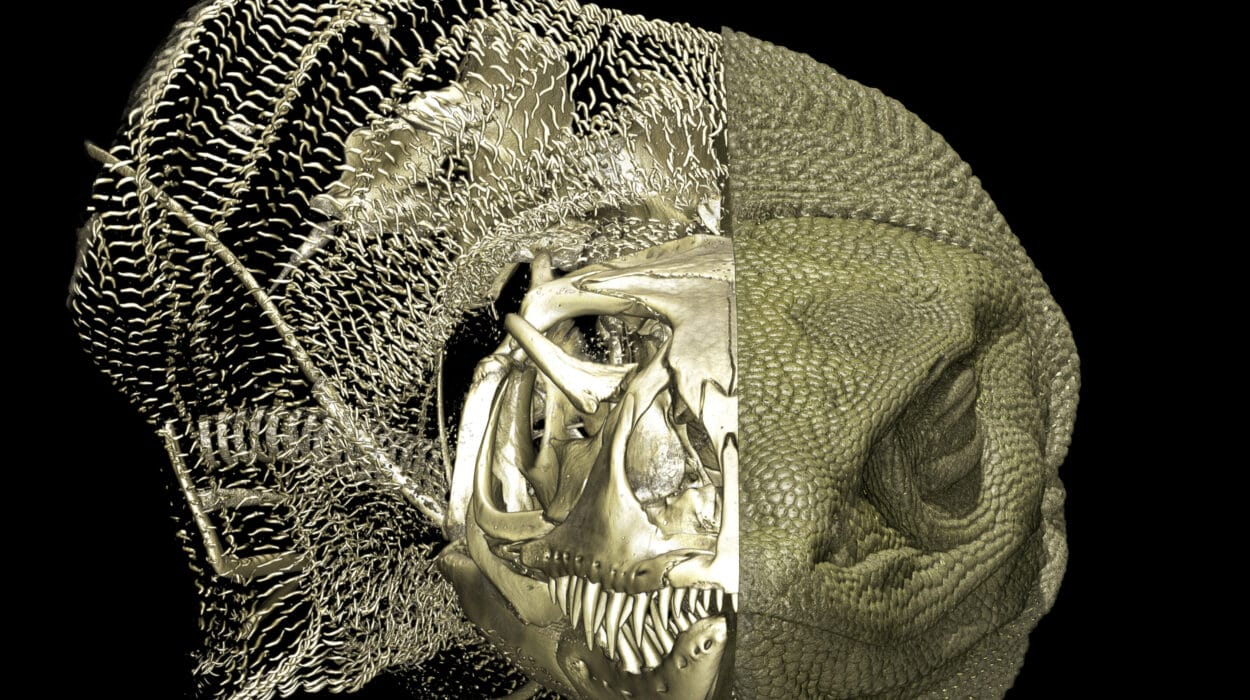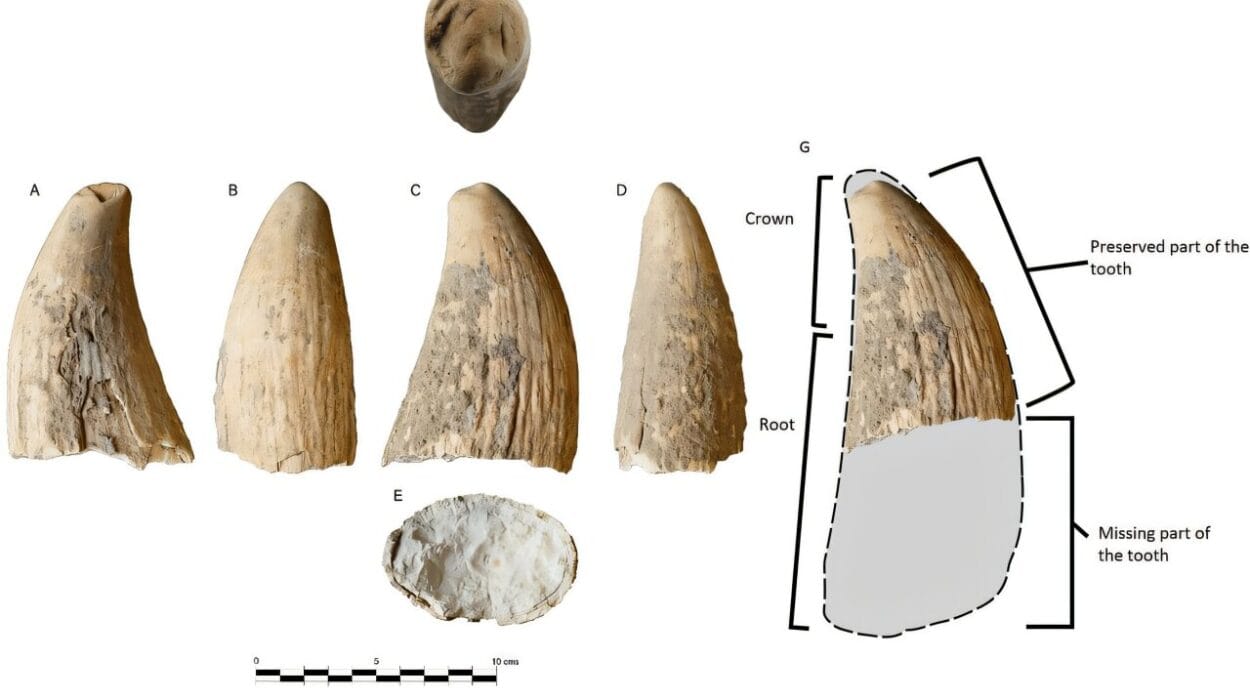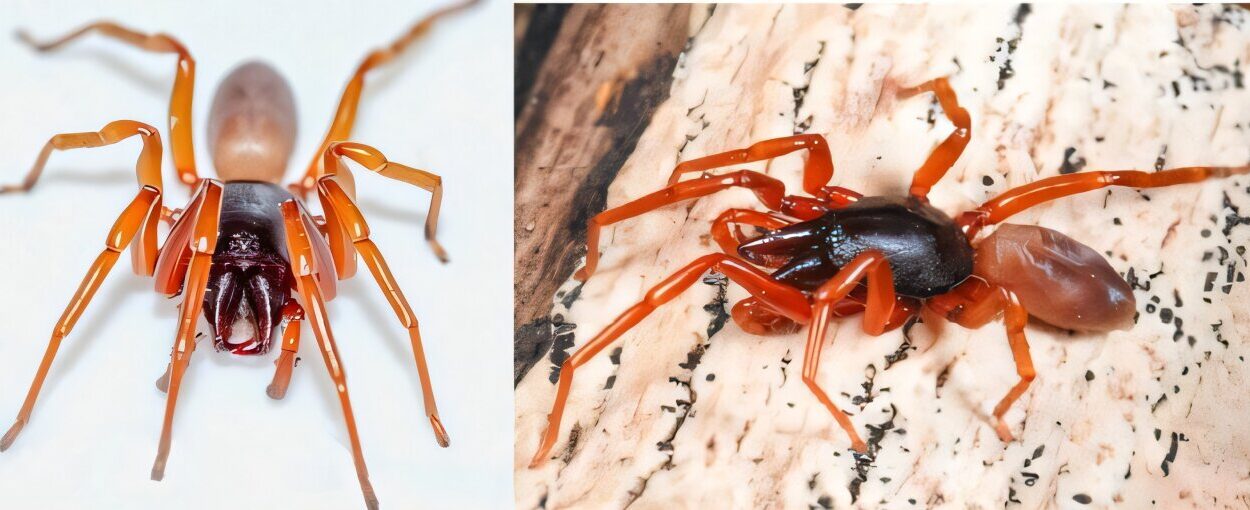When Charles Darwin published On the Origin of Species in 1859, he set off a scientific revolution. His theory of natural selection—the idea that organisms better adapted to their environments survive and pass on their traits—provided a compelling explanation for the diversity of life on Earth. But Darwin himself admitted there were many things he did not understand.
He knew nothing of DNA. He couldn’t explain how traits were inherited. The fossil record in his time was fragmentary, and he worried it didn’t always support his theory. He had no idea that entire continents had drifted apart or that ancient viruses had stitched themselves into the genome of nearly every living thing.
Darwin’s brilliance lay in his observation, his ability to recognize patterns in nature, and his courage to propose a unifying idea in biology. But he was working in a world without microscopes that could peer into cells or computers that could sequence genomes in hours. Today, we live in a different world—and evolution looks different too.
What Darwin didn’t know has become the foundation for what we now understand. And what we now understand reshapes evolution into a far more intricate and awe-inspiring process than even Darwin could have imagined.
Genes, Molecules, and the Language of Life
One of the most dramatic changes in our understanding of evolution came with the discovery of DNA. In Darwin’s day, scientists didn’t know what genes were or how traits were passed down. Darwin speculated about a kind of “blending” inheritance—much like mixing paint—but couldn’t explain how one trait could remain hidden for a generation, only to reappear.
It wasn’t until the early 20th century that Gregor Mendel’s experiments with pea plants were rediscovered, laying the groundwork for genetics. Then, in 1953, James Watson and Francis Crick, building on the work of Rosalind Franklin and others, described the double-helix structure of DNA—a molecular code that spelled out life’s instructions.
This discovery opened a new era: the era of molecular evolution. We could now compare the genetic codes of different organisms, track mutations, and even watch evolution in real time.
And what we found was astonishing. Evolution wasn’t just about traits we could see—like beak shapes or fur color. It was happening at the microscopic level, through changes in the sequence of just four chemical letters—A, T, C, and G—that could alter proteins, structures, and entire behaviors.
We learned that a tiny mutation in a gene could give rise to a new enzyme, or make a creature resistant to a virus, or even shift how an embryo develops. Evolution had been invisible to Darwin at the molecular level. Now it could be measured, recorded, and tested.
The Toolbox of Evolution
As scientists explored genomes, a surprising pattern emerged. Genes weren’t isolated blueprints each responsible for a single trait. Many were part of powerful networks—like switches and dimmers that controlled when and where other genes turned on or off.
This was most evident in developmental biology. In the 1980s, researchers studying fruit flies discovered a set of genes—now called homeobox or Hox genes—that controlled the layout of body parts. These master genes weren’t unique to flies. They were found in worms, fish, birds, and humans.
Evolution, it turned out, didn’t always need to invent new genes from scratch. It could take existing ones and rewire them. By changing when or where a gene was activated—say, in a limb versus a fin—entire new structures could evolve.
This insight helped explain how small genetic changes could lead to major evolutionary leaps. A tweak in a regulatory gene could shift an animal from crawling to walking, or change the pattern on a butterfly’s wings. Nature wasn’t endlessly reinventing the wheel—it was remixing an ancient genetic toolbox.
Darwin couldn’t have imagined this level of precision. He saw evolution as a slow, gradual process. But gene regulation introduced the possibility of rapid, dramatic shifts, sometimes in just a few generations.
Horizontal Gene Transfer and the Genetic Mosaic
Another modern discovery that would have shocked Darwin is horizontal gene transfer—the idea that genes can jump from one species to another, bypassing traditional reproduction.
In the microbial world, this is common. Bacteria can exchange genes through plasmids, swapping antibiotic resistance like trading cards. Viruses can carry genetic material from one host to another, altering genomes in the process.
But horizontal gene transfer isn’t limited to microbes. Scientists have discovered that even animals and plants sometimes acquire foreign genes. Aphids, for example, gained the ability to produce red pigment from a fungal gene. Sea slugs have incorporated genes from algae, allowing them to photosynthesize sunlight—effectively becoming solar-powered animals.
Our own DNA is littered with remnants of ancient viral infections. Nearly eight percent of the human genome consists of retroviral sequences—ghosts of long-dead viruses that once integrated into our ancestors’ cells.
These findings challenge the classical tree of life. Evolution isn’t just a branching tree. It’s also a network, a web, a tangle of genetic connections that stretch across species and kingdoms. Darwin imagined inheritance as a straight line from parent to child. But in nature, the lines are often blurred.
Epigenetics: Inheritance Beyond Genes
Darwin believed, correctly, that traits could be inherited. But he had no idea that some forms of inheritance don’t involve changes in DNA sequence at all.
Enter epigenetics—the study of changes in gene expression that are heritable but reversible. It turns out that the environment can leave chemical marks on DNA, affecting how genes are turned on or off without altering the genetic code itself.
These epigenetic tags can be influenced by diet, stress, toxins, and even behavior. And remarkably, some of these changes can be passed down through generations.
In mice, scientists have shown that fear of a specific smell can be inherited. In humans, studies of populations that endured famines—like the Dutch Hunger Winter—suggest that the nutritional stress experienced by one generation can affect the metabolism and health of the next.
This isn’t Lamarckian evolution in the old sense—traits acquired during life don’t directly rewrite the genetic code. But epigenetics does show that the line between genes and environment is far more flexible than we thought.
Darwin’s model couldn’t account for this. But today, we see that evolution involves more than DNA. It also involves the ways genes are expressed, silenced, or amplified by experience.
The Power of Chance and the Mystery of Complexity
Natural selection is a powerful force, but it’s not the only one shaping life. Darwin was aware of variation, but modern scientists have discovered that much of evolution is driven by random mutation, genetic drift, and neutral evolution—processes that don’t necessarily improve an organism’s fitness.
Sometimes mutations have no immediate benefit or harm. They simply drift through a population by chance. Over time, these changes can accumulate, creating the raw material for future adaptations.
In small populations, random effects can overpower natural selection entirely. Traits can rise or fall not because they’re better, but because they got lucky.
This understanding helps explain some of life’s quirks. Why do we have vestigial tailbones? Why do some proteins fold inefficiently? Why are certain diseases, like sickle-cell anemia, maintained in populations?
Complexity, too, is not always the result of careful design. It can emerge from chaos. Evolution doesn’t plan ahead. It tinkers. It builds on what’s available, often in messy, roundabout ways.
The human eye is a marvel of biology, but it has flaws—a blind spot where the optic nerve meets the retina, backwards wiring, and vulnerability to degeneration. Evolution didn’t build it from scratch. It repurposed cells, nerves, and tissues in a process of trial and error.
Darwin sensed this. “Nature,” he wrote, “can act only by short and slow steps.” But he didn’t yet see how randomness itself could drive innovation.
Evolution in Real Time
One of the most remarkable insights of modern science is that evolution isn’t just a thing of the past. It’s happening all around us.
Microorganisms evolve rapidly. Antibiotic resistance has become a global health crisis as bacteria mutate and adapt to drugs. In just a few decades, strains of Staphylococcus aureus and E. coli have become resistant to nearly all available treatments.
Viruses evolve, too. The rapid mutation of influenza and coronaviruses forces us to develop new vaccines and strategies every year. Evolution isn’t slow and steady. In microbes, it’s a sprint.
But we also see evolution in larger animals. The peppered moths of England, once white to blend with lichens, turned black during the Industrial Revolution to hide against soot-stained trees—then returned to lighter shades as air cleared.
Urban environments are shaping species in unexpected ways. City birds sing at higher pitches to compete with traffic noise. Rats, pigeons, and insects are evolving to thrive in the concrete jungle.
In our own species, evolution continues. Some humans are developing extra arteries in their arms. Wisdom teeth and appendix sizes are shrinking. Lactose tolerance, once rare, is now widespread in populations with dairy-rich diets.
Darwin never witnessed evolution in action. Today, we not only witness it—we can measure it, influence it, and, in some cases, even direct it.
Editing Evolution: The CRISPR Age
The greatest leap Darwin could never have predicted is that we might someday take control of evolution itself.
With the development of CRISPR-Cas9 gene-editing technology, scientists can now alter DNA with astonishing precision. We can add, delete, or rewrite genes in bacteria, plants, animals, and even humans.
This has massive implications. We could eliminate genetic diseases. Engineer crops to withstand climate change. Revive extinct species. Or create entirely new organisms with synthetic genomes.
The ethical implications are staggering. Where does science stop and nature begin? Should we edit embryos to prevent suffering? Could gene editing widen social inequality if only the wealthy can afford it?
Darwin saw evolution as a blind process. Today, we are its conscious agents. We stand at the edge of a new frontier—one that requires wisdom, humility, and restraint.
The Expanding Story of Life
In the end, what Darwin didn’t know makes his achievement all the more remarkable. With only a notebook, a collection of fossils, and years of patient observation, he glimpsed the contours of a theory that modern science has now filled with exquisite detail.
He couldn’t have imagined the genome or the microbiome, the molecular clock or ancient DNA, genetic drift or epigenetic inheritance. He knew nothing of mass extinctions driven by meteor strikes or life emerging near deep-sea vents.
And yet, his central idea—that life evolves through natural variation and selection—remains at the heart of modern biology.
The story of evolution has grown deeper, stranger, and more beautiful than even Darwin dreamed. It’s a story of molecules and microbes, of cosmic accidents and biological ingenuity, of chaos and order intertwined. It’s a story that is still unfolding—in every petri dish, every genome, every child born into a world shaped by billions of years of transformation.
What Darwin didn’t know has become our challenge, our inheritance, and our frontier.






